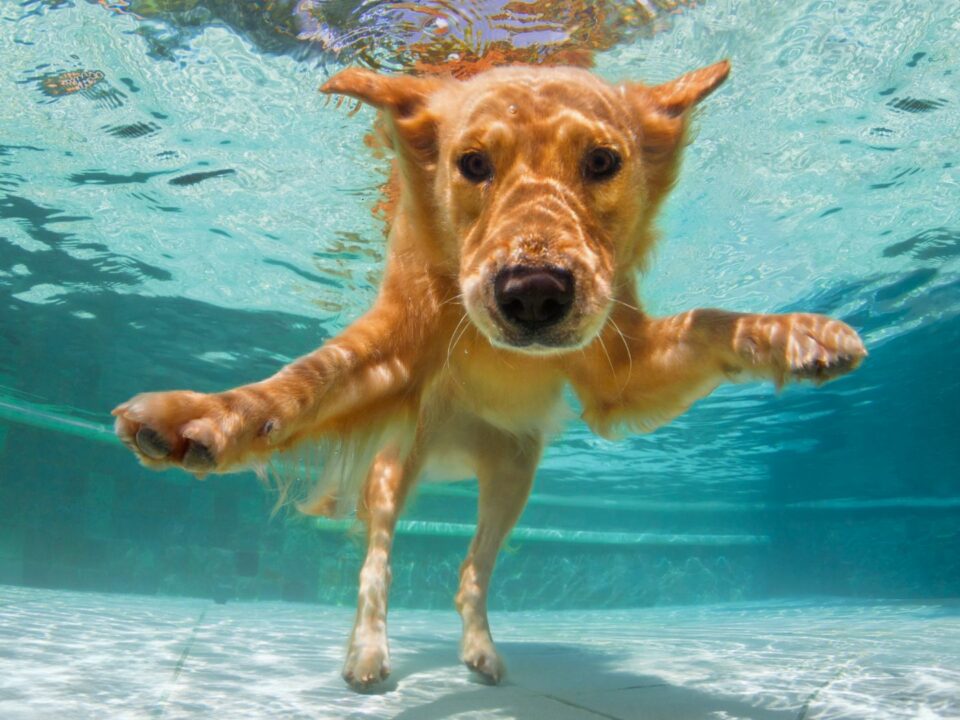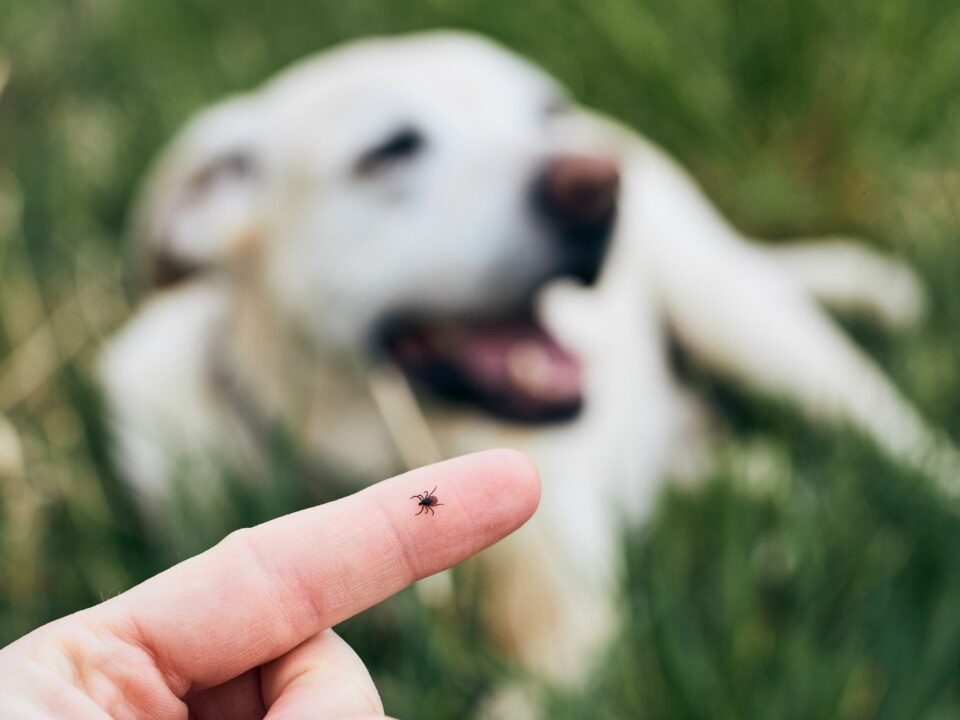
Help! How do I get rid of fleas on my cat? – Indoor & Outdoor Cats
May 18, 2023
Preparing for and Caring for Your Pet After Surgery
August 11, 2023The Dos & Don’ts of Clipping Dog Nails
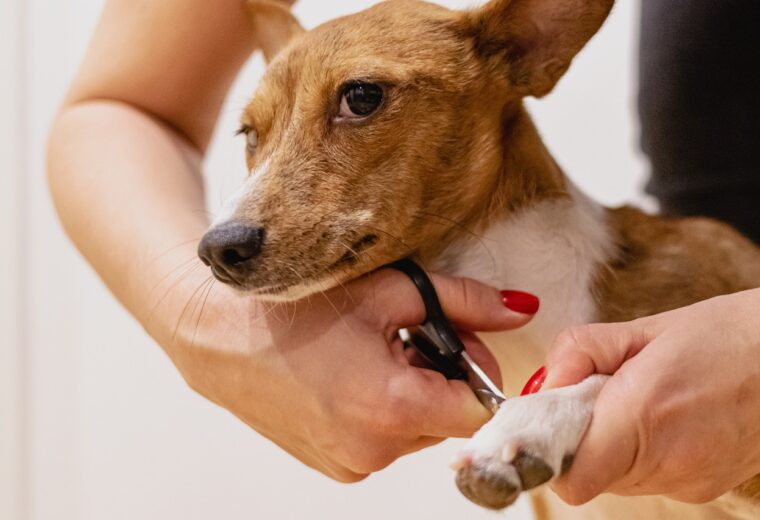
Trimming your dog’s nails isn’t simply a cosmetic procedure. It plays an important role in your dog’s health and general comfort, therefore, making nail trimming an essential part of being a pet owner. However, there are a few tricks and things you need to know about how to cut dog nails to both make your job easier and keep your four-legged pal safe and comfortable. So, let’s cut to the case and look at the dos and don’ts of clipping dog nails.
Are your dog’s nails ready for a trim? Here’s what you need to know first.
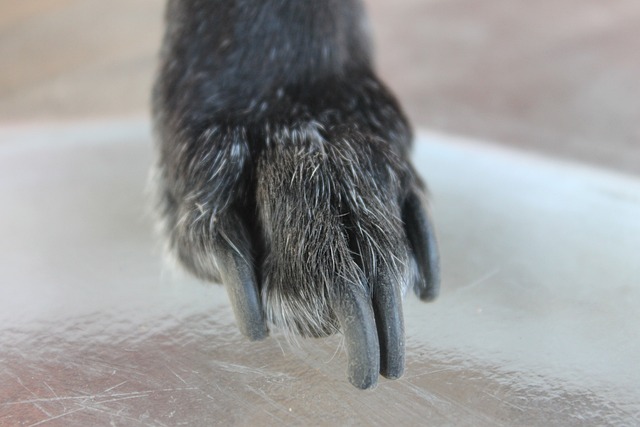
The most important thing to remember when cutting your dog’s nails is to avoid clipping the quick. The quick are blood vessels inside your dog’s nail (you’ll even be able to see it if your dog has lighter claws), and trimming into these will not only cause bleeding, but also be painful for your dog. Regular trimming will cause the quick to recede, meaning less chance of that blood vessel being damaged. The best way to avoid this is to never clip above where the nail curves. Both front legs and back legs should be regularly checked both to see if they’re due for a clip, and also to monitor the foot and nail health of your pup.
Long nails can lead to a variety of issues. When your dog’s nails hit the floor, it affects the way your dog walks. It puts pressure on their foot and leg structure, which can have both short and long term affects, like injury and arthritis. The curved nature of a dog’s nail also mean that it can grow pack into the foot pads, which is an extremely painful thing for your puppy.
How often do dog’s nails need to be cut?
Ideally, you should trim your dog’s nails approximately every month or 3-4 weeks. Dogs who spend most of their time outside may get away with getting their nails trimmed less, as walking on hard ground will help wear down their claws naturally. A good rule of thumb (or paw) is if you can hear you dog’s nails clicking against the ground as they walk, its time to give them a trim.
Can dogs feel their nails being trimmed?
Just like us, dogs don’t have any nerves in the nail itself, so as long as you don’t hit the quick, you won’t cause any pain. Dogs are smart animals, so they won’t be completely oblivious that you’re up to something, but so long as they understand they won’t get hurt, it will be a painless procedure. Your dog may pull their paw away out of confusion at first, but it doesn’t necessarily mean they’re in pain. Stay calm, use positive reassurance and be patient until your dog is comfortable.
Trimming Your Dog’s Nails: Do This!
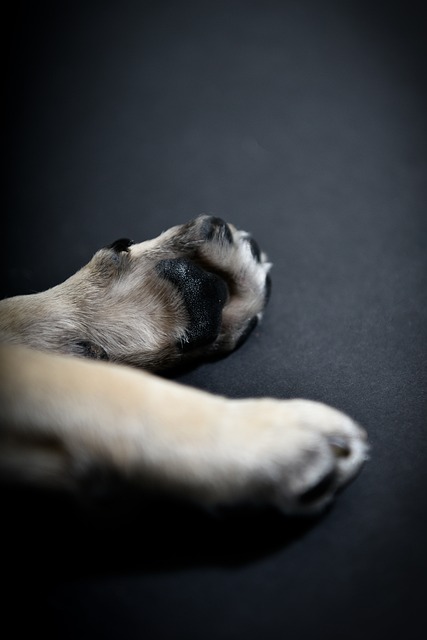
Like many things, dog nail trimming isn’t so difficult once you know the techniques and have a little practice. Let’s have a look at some of our top tips for clipping your dog’s nails safely.
Gradually introduce your dog to nail clipping
One of the keys to making nail clipping less of a chore for everyone is to help your furry friend understand they’re not in danger. To calm their nerves, touch and gently your dog’s feet and toes for a few seconds to get them used to having their paws, toes and feet touched by providing a positive attitude and reinforcement. It can also help to use the clippers on thin air or a piece of uncooked spaghetti, so your dog can get used to any sounds nail trimming may make. If you can start when they’re a puppy, they’ll be more likely to adapt.
Gather necessary tools and supplies
Dog nails are different from our own, so buying nail trimming specifically designed for dogs will make your life a lot easier. Guillotine-style clippers can crush the toe during nail trims, hurting your dog. Your veterinarian will be able to sell you nail clippers specifically designed for dogs (and even show you how to use them). We highly recommend styptic powder on hand to stop bleeding should you accidentally cut into the quick of the nails.
Use proper clipping techniques
Once your dog is comfortable with you holding their paws, pick up their foot firmly yet gently. Use your thumb to push the paw pad and push your forefinger forward to help extend the nail. Only clip the very tip of the claw, and don’t forget about the dewclaws on the inner side of the paw. If in doubt, ask your vet to give you a lesson, and you’ll pick it up quickly.
Reward your dog for good behaviour
We all love positive feedback, and your dog is no different. Have some of your dog’s favourite treats on hand and keep a happy disposition (even when your four-legged is difficult). If your dog associates nail trimming with praise, pats, treats and attention, they’re much more likely to co-operate.
Take Your Dog to a Professional Vet or Groomer
If you’re not confident cutting your dog’s nails or your pooch is known to cause a fuss, you can always take them to a professional. Veterinarians and groomers deal with animals day in and day out and know how to handle your pet in an effective yet caring way. Rossmore Vets offers nail clipping services and are happy to look after your dog’s nails.
Trimming Your Dog’s Nails: Don’t Do This!
Along with knowing the best techniques, being aware of the mistakes to avoid will make a big difference to the success of your nail trimming. Here are some of the most common mistakes that turn a nail trimming into an uphill battle.
Don’t rush the process.
We understand that nail trimming isn’t the most fun you and your dog will have together, but rushing the process can lead to accidents and your dog developing negative associations with their paws being touched. While getting your dog used to having their nails trimmed, it’s okay to trim one nail at a time. When it works a few times, try trimming two nails at a time.
Don’t force your dog into an uncomfortable position.
The more comfortable your dog is, the easier and safer the whole process will be for everyone. Forcing your dog into an uncomfortable position (for example, on their back) will leave them feeling exposed, leading to them panicking. Keeping your dog comfortable will provide you with better control and mean they’re happier to remain still.
Don’t clip too much at once.
When clipping your dog’s nails, it’s better to be over-cautious than cut too much. Remember, you only aim to remove the tip, not the whole nail. This is especially true of dogs with black nails, dark nails or who are jumpy. Avoid cutting above the curve of your dog’s nail, as this can cause many problems.
Don’t forget to file or smooth out rough edges.
Filing can be an alternative to clipping short nails, but it tends to be less effective, and some dogs really don’t like the sensation. However, simply cutting nails can lead to sharp or rough edges that can get caught in things. Only specially designed dog nail grinding tools should be used to smooth out the edges of your dog’s nails.
Don’t ignore signs of distress or discomfort.
Trust plays a significant role in your dog cooperating with you during a nail trim, so ignoring signs of distress or discomfort is not only unfair to your dog, but it could make them even less cooperative in the future. Your dog may be trying to tell you something like they’re in pain or scared, so pay attention to your dog’s body language.
Rossmore Vet Hospital is here to help with all your pet needs, from health check-ups to pet emergency procedures. Our friendly, caring, expert team are here to provide the best care possible for your furry loved ones. Get in touch today to book an appointment or for any queries.

